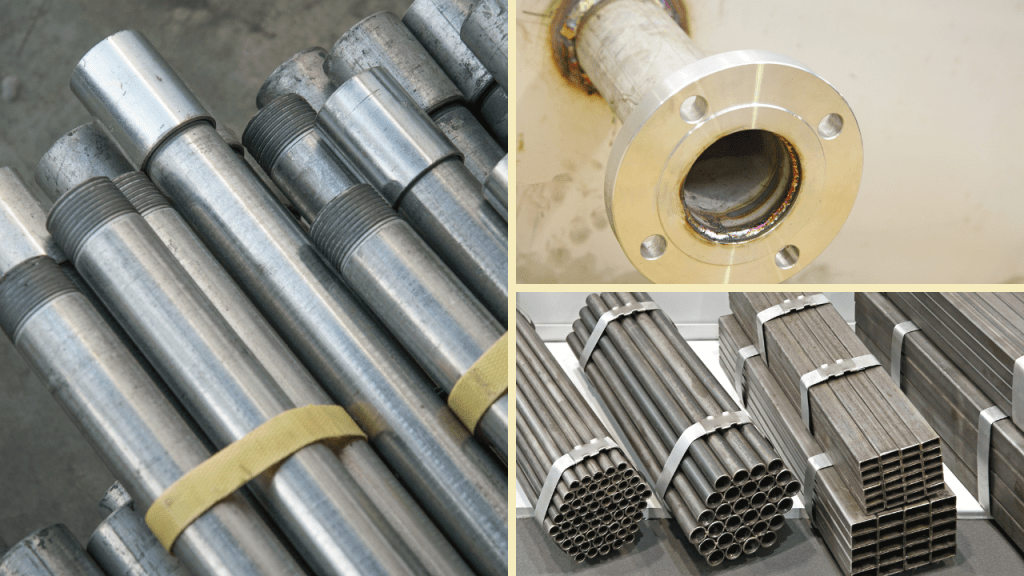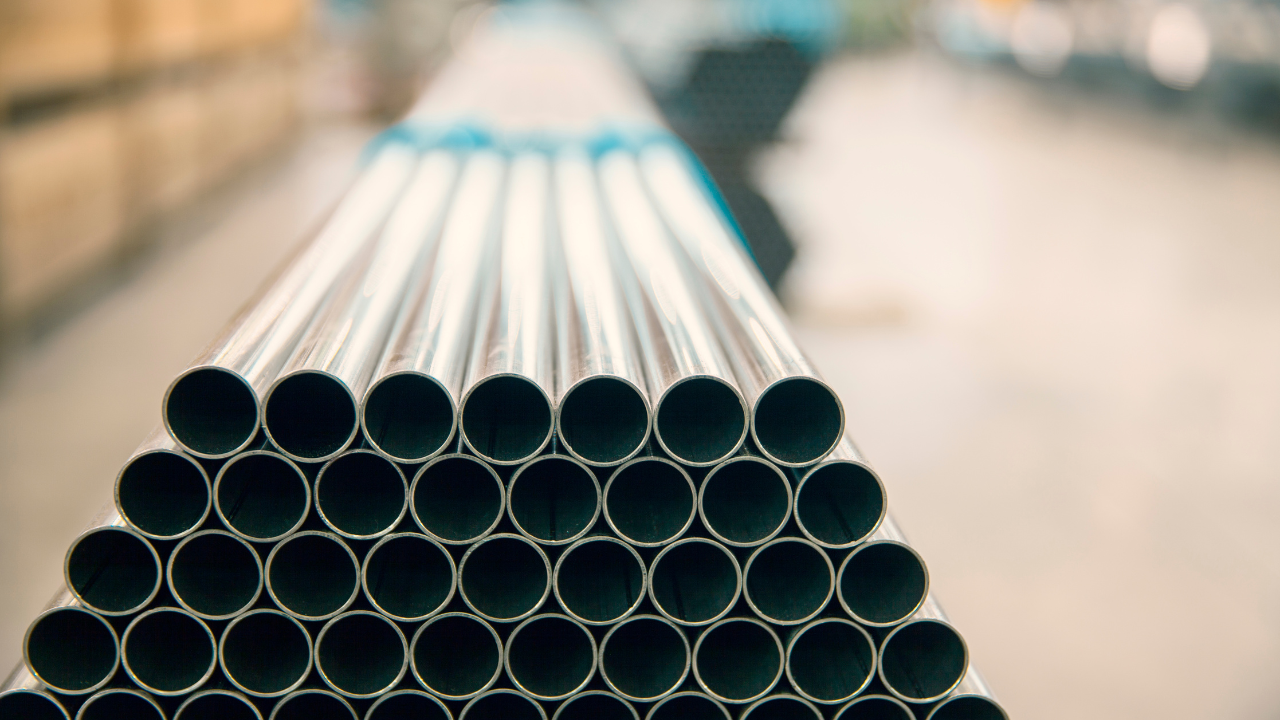MS Schedule Pipe vs. MS Steel Pipe
When deciding on which type of steel pipe to purchase, Mild Steel Schedule 40 Pipe and MS Steel Pipe are two common options that you will come across. Although these products look very similar, there are some key differences between them that you should consider before making your decision. In this guide, we will take a close look at both MS Schedule Pipe and MS Steel Pipe so that you can make an informed choice about which material you want to use when making your next industrial purchase.
Mild Steel Schedule 40 Pipe and MS Steel Pipe are two different types of steel pipe that can be used in the same applications. While they may look identical, they’re very different products with different uses. Let’s take a look at some of their differences so you can choose the right type of steel pipe for your project!

What is mild steel pipe?
In general, steel pipes are hollow cylinders that are used to convey liquids or gases around a facility. The most common type of pipe is called Schedule 40 pipe. Its main job is to protect whatever liquid or gas it holds from contaminants and exterior damage. Mild steel pipe comes in a variety of sizes and different levels of durability. Which will be explained later in this post. If you’re trying to figure out if steel pipe is suitable for your specific application. Read on as we break down all you need to know about mild steel pipe!
What makes this pipe different than standard steel pipe?
It can withstand high pressure and high temperatures more so than standard steel pipe, making it ideal for industrial use. It also has higher burst strength. Making it more likely to survive pressure surges during industrial use than standard Galvanized steel pipe. This is because it is made from a higher grade of steel than standard piping is made from. With greater resistance to pressure and temperature. It makes stronger equipment that keeps going when other pipes fail under similar circumstances.
Who uses it?
Engineers, contractors, and sub-contractors use mild steel schedule pipes. Because it’s used in a wide variety of commercial, residential, and industrial construction projects. Because it’s easy to work with and relatively cheap. It is typically chosen for projects involving water systems such as pipes for sinks, toilets, dishwashers, etc. Also, heating systems such as boilers, etc., and refrigeration systems like condensers. In order to ensure that your installation will be functional for years to come. It’s very important to choose a quality grade of the pipe over cheaper alternatives. When making your decision you should consider not only quality but also a good fit with existing plans and building specifications.
Where do I get it?
If you are looking for steel pipe. There are numerous online and local distributors that can supply you with products like grade. A mild steel schedule 40 pipe in a variety of sizes and different wall thicknesses. You’ll also find an extensive collection of steel tubing as well as lots of other types of piping. And tubing available at competitive prices. From fittings to fasteners, they carry everything you’ll need to get your project started today. Since all our material is available at wholesale prices. It makes sense to get your supplies directly from manufacturers like Piping Specialties Inc. Contact us if you have any questions or want more information about specific types of products, pricing, and availability. Also, our friendly customer service representatives will get back to you quickly!
How do I store it?
All mild steel pipes should be stored off of the ground and away from sources of heat and moisture. Such as a furnace or water heater. To prevent warping, lay each length of pipe on a flat surface in an unheated area such as a garage. Then cover it with something such as a blanket to keep it warm during cold weather. Alternately, store your pipes at room temperature so they can stay as flexible as possible. And are less likely to crack when you bend them into shape. The ideal way to store your pipe is by being able to set them on top of racks; however. If you can’t afford that there are other options available for storing your materials out of harm’s way until you are ready to use them.
How do I cut it?
Mild steel is a soft metal and can be cut with a hacksaw. But you’ll need to oil it often to prevent it from binding in place. Wear safety glasses and take your time cutting through more stubborn parts of metal. The metal will get very hot, so let it cool before handling. If you have gloves, wear them to keep your hands safe from burns or cuts. Alternately, you can use an angle grinder fitted with a fine-toothed blade. Which can quickly and easily slice through thin sections of pipe. Use ear protection when using power tools around such a noisy tool as an angle grinder. It’s an easy way to lose your hearing!
How do I work with my hands on this material?
Every metal product has its own idiosyncrasies. But steel pipe is one of those items that truly rewards those who are willing to get their hands dirty. So, do a little experimentation. This might seem like an odd point to make, but there’s something unique about working with a steel pipe. As opposed to other materials: you can make it bend! If you’re used to working with rigid products like aluminum or plastic. Steel pipe offers a new way of thinking about your project. Don’t worry about finding ways to force a square peg into a round hole instead. Think about what shape you want your piece to be. And how much energy it will take for you to get there.
Why is this product worth using in my business?
Despite being both incredibly simple and incredibly useful. Steel pipe isn’t typically well understood by many people outside of construction. What most people think of when they hear steel pipe is usually a thin tube that you would use to carry water—that’s PVC pipe! What they don’t think about are structures like skyscrapers or bridges, which rely on steel structures.

